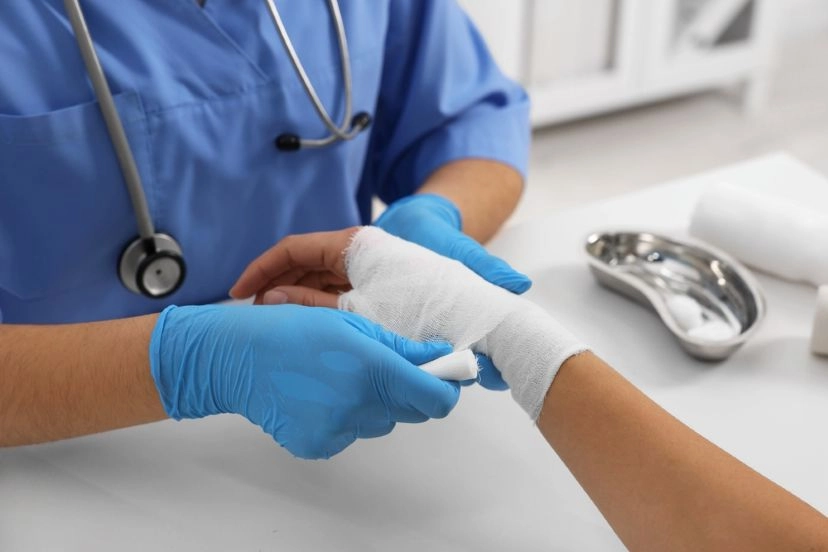Circumcision of the Male Genitalia in Children

Circumcision is a surgical procedure that removes excess foreskin from the tip of the male penis to allow it to be exposed, which helps in cleaning away dirt, urine residues, and sweat that can accumulate in the foreskin area, a common breeding ground for germs. It also reduces the risk of urinary tract infections. Medically, circumcision can be performed at any age, from newborns to adults and the elderly.
Why do we circumcise baby boys?
Typically, the foreskin can retract by the age of about 3-5 years. If it remains unretracted, maintaining cleanliness becomes difficult, increasing the risk of inflammation. If inflammation occurs, the tissue in that area may thicken or form scar tissue, causing the foreskin to become tight and difficult to retract. Severe tightening can lead to difficulties in urination.
Methods of Circumcision
Circumcision is a type of surgery that can be performed in several ways, including:
1. Using a device called a Gomco clamp, which is commonly used for newborns or young children.
2. Surgical scissors or a cautery to cut the foreskin, followed by suturing the remaining skin, usually performed by a surgeon on older children or adults.
Additionally, the surgery can be categorized based on the anesthesia method used, which includes two main types:
General anesthesia, typically used for older children, as young children may be scared and uncooperative with gas anesthesia.
Local anesthesia, usually administered to newborns and cooperating adults.
Benefits of Circumcision for Baby Boys
- To prevent infections in the foreskin area.
- To treat conditions of tight foreskin and difficulty urinating resulting from infections.
- To comply with religious practices, such as in Islam.
Circumcision Procedure for Baby Boys
For newborns, the procedure can be performed at 1-2 days old, usually with local anesthesia, without the need for general anesthesia. The Gomco clamp is used to remove the foreskin covering the head of the penis, sealing it before cutting, which eliminates the need for sutures. However, some doctors may place 1-2 stitches to prevent the wound from reopening. After the surgery, a gauze bandage is applied for about one day, and the next day, the gauze can be removed, allowing parents to take the child home.
For older children with tight foreskin unable to retract, circumcision will be performed under general anesthesia, followed by surgery to remove the foreskin and suturing the surgical area.
Preparation and Post-Care after Circumcision for Baby Boy
Preparation before Surgery: If general anesthesia is required, patients must refrain from food and drink for at least 8 hours prior to surgery to prevent aspiration during the procedure.
Post-Surgery Care: On the first day after surgery, the doctor will bandage the area to absorb any blood. Approximately 24 hours later, the gauze can be removed, typically after soaking it in water to make it easier to take off. The area should not be re-bandaged.
For wound care thereafter, it is recommended to soak the area 1-2 times daily for about 5-15 minutes to clean the wound and remove any blood or lymph fluid. After soaking, gently pat the area dry with a clean cloth and apply antiseptic around the wound and the head of the penis. Initially, soap should not be used, but after about one week, when the wound is healing well, normal washing with soap can resume.
In some cases, there may be blood or lymph scabs around the head of the penis or the wound; these should not be picked off, as this can cause bleeding. They will typically fall off on their own within 1-2 weeks as they dry.
Possible Side Effects of Circumcision for Baby Boys
- Bleeding at the surgical site.
- Infection of the wound.
- Reattachment of the foreskin to the head of the penis.
- Stricture of the urethral opening.


